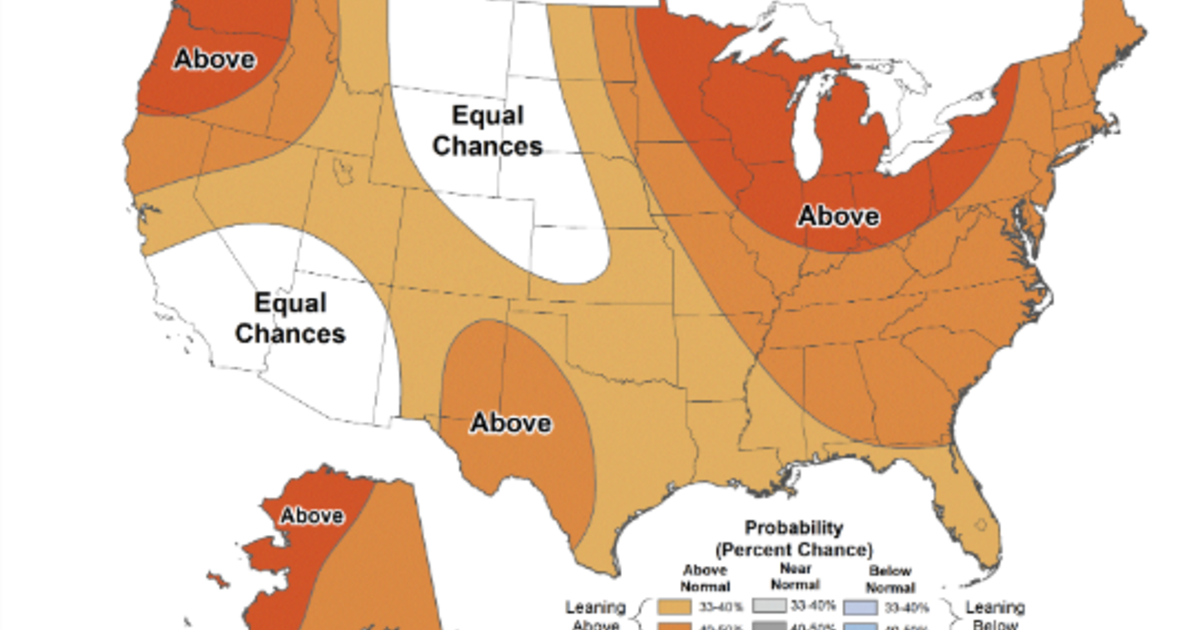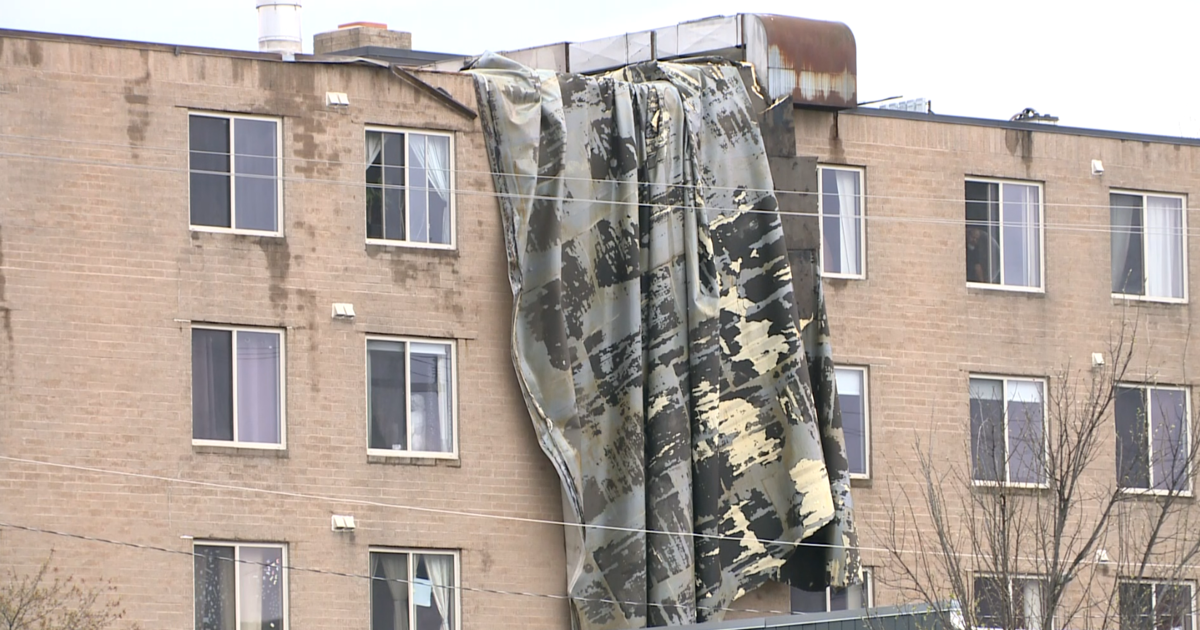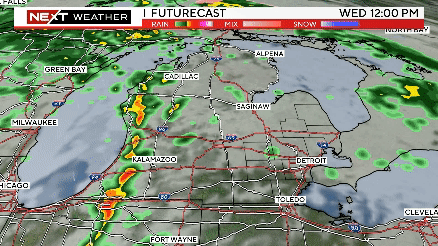Science of Weather: NOAA GLERL Water Buoys
Science instruments can be put just about anywhere, and come in all different shapes and sizes. Meteorologist Kylee Miller took a trip to NOAA in Ann Arbor, The National Oceanic and Atmospheric Administration Great Lakes Environmental Research Laboratory and explains water buoys and what they do. NOAA's Great Lakes Environmental Research Laboratory conducts dynamic research of the environment, ecosystems, and more. Every year these buoys are transferred to specific locations in the Great Lakes.
Steve Ruberg, Observing Systems Researcher at NOAA Great Lakes Environmental Research Lab explains the importance.
"This initial set of buoys will go out in Muskegon. On Lake Michigan. We will put the first buoy a mile or 2 offshore, and then the next one will be about 5 miles offshore. That way we're getting into about 60 to 70 feet of water than further off 100 to 120 feet of water. There are different things that are happening in the ecosystem near-shore verse offshore and we want to see that difference."
This research lab will also deploy buoys in Lake Huron and Lake Erie. Depending on the location and instrumentation, buoys can measure different parameters. While most record currents and waves, these buoys have an extra layer to gather information about the Great Lakes.
Steve adds, "This particular set of buoys are referred to ecosystem buoys. So, we are measuring some of the ecosystem parameters like chlorophyll which gives an indication of what's happening with the phytoplankton. Oxygen, and conductivity of the lake and things like that. So that's more of their general purpose, but they also still measure those physical parameters like wind speed, wind direction, waves and currents."
These buoys are constantly monitoring the ecosystem as well as the environment. There's certain instrumentation that goes on the bottom of the lake floor which measures waves, currents, and ecosystem parameters.
"All of that information goes up through the buoy and gets transmitted in real-time along with wind speed, wind direction, there's a barometric pressure sensor up there, and there is also a light sensor which is measuring the amount of light that's hitting the surface of the water in the photosynthetic light range." Says, Steve.
Sometimes sensors can be disrupted by Mother Nature. As you can see, lightning struck this wind sensor. This just goes to show the power of weather. When something like this happens, the instrumentation will get repaired or replaced, then the data will be back up. All these tools give researchers and forecasters the big picture to help protect communities.
Steve adds, "Getting all that data in real-time not only helps our NWS marine forecasters but it also helps boaters, to get an idea, is this wind picking up, is it going to create big waves and do I need to get off the lake. So that's the value of real-time information on so many levels. "
These buoys that will be in the water will collect data for the next few months. Now that's the Science of Weather. I'm Meteorologist Kylee Miller.



